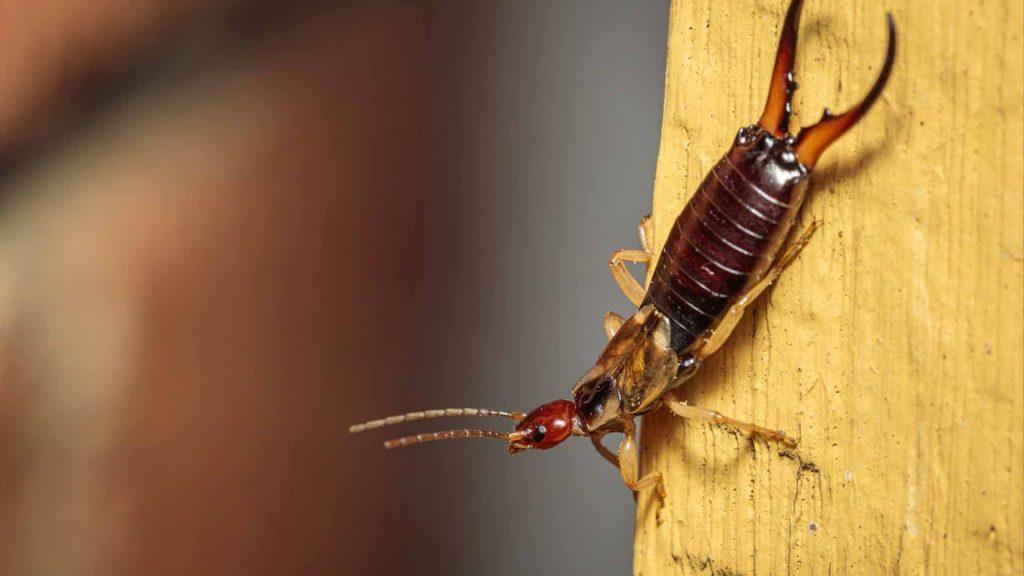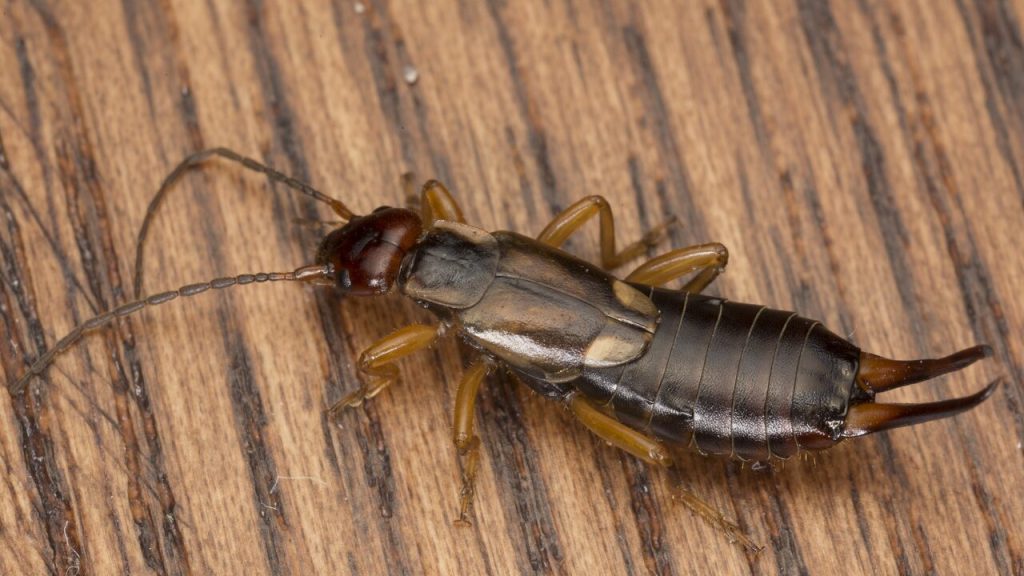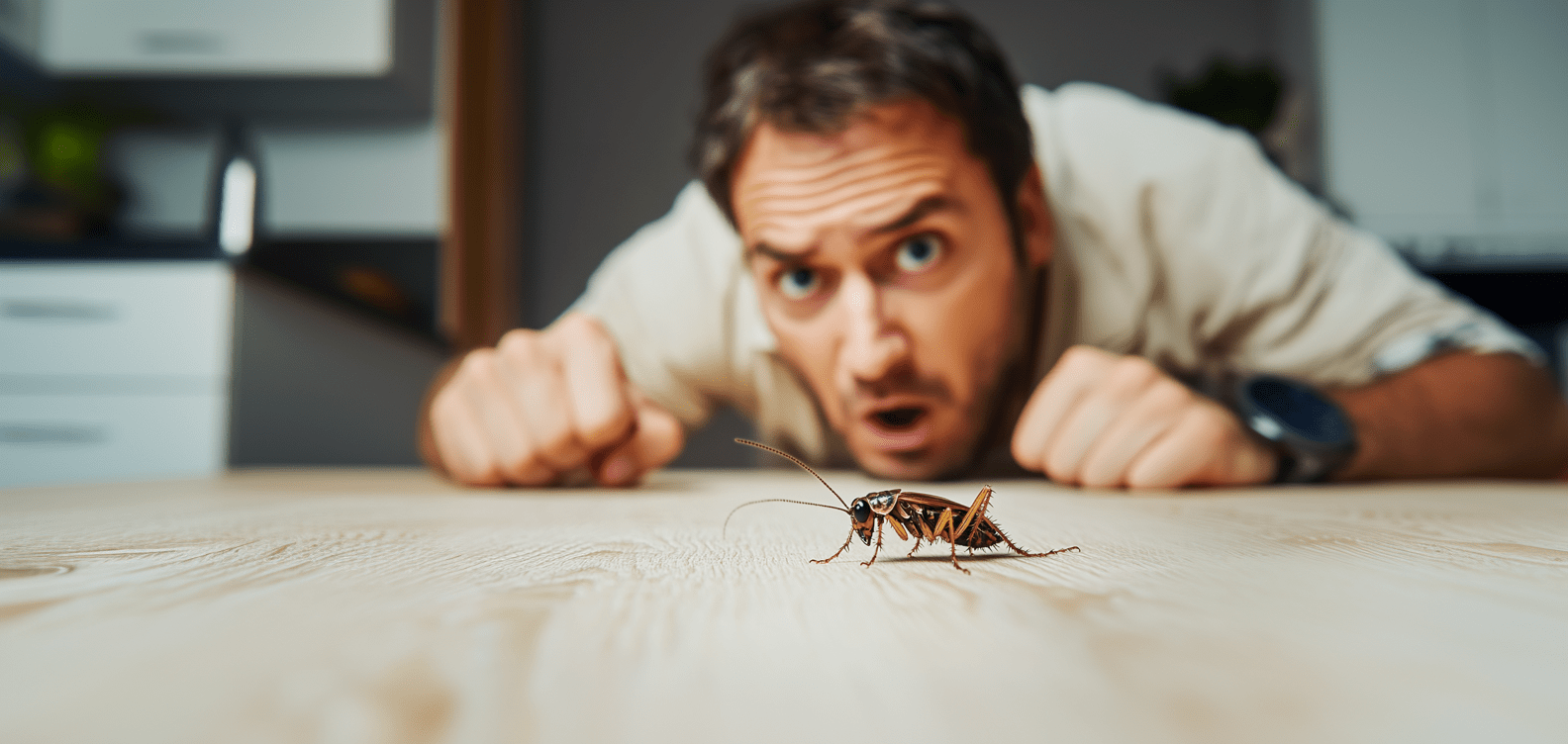Key Takeaways
-
Earwig Myths Debunked: Contrary to popular belief, earwigs don’t crawl into ears or burrow into brains. Their pincers are used for defense, mating, and capturing prey—not for harming humans.
-
Physical Characteristics: Earwigs have elongated bodies, flat profiles, and prominent pincers. They are typically dark brown or black and range in size from 0.5 to 2 inches.
-
Ecological Benefits: Earwigs contribute to natural pest control by feeding on decaying organic matter and smaller insects, improving soil health and reducing pest populations.
-
Common Habitats: Found in damp environments like basements, bathrooms, and gardens, earwigs seek food and moisture indoors but cause minimal damage.
-
Preventive Measures: Seal cracks around windows and doors, eliminate moisture with dehumidifiers, and remove organic debris to deter earwigs from entering your home.
-
Control Methods: Natural repellents like eucalyptus and tea tree oils, along with professional pest control, can effectively handle persistent earwig infestations.

What Are Earwigs?
Before delving into the origin of their name, it’s essential to understand what earwigs are and what makes them unique. These nocturnal insects can easily be identified from their look and behaviors.Here are the key characteristics of earwigs:
-
Shape: Elongated body with a flat profile and prominent pincers (cerci) at the rear used for defense, mating, and hunting.
-
Size: Depending on the species, it ranges from 0.5 to 2 inches in length.
-
Color: Typically dark brown or black with a shiny, segmented body.
-
Habitat: Found in dark, damp environments such as under rocks, logs, and mulch, and within basements, bathrooms, or kitchens where moisture is abundant.
-
Diet: Omnivorous scavengers that feed on decaying plant material, small insects, fruits, and vegetables, acting as both pest controllers and occasional plant feeders.
How Did Earwig Get Its Name?
The name “earwig” originates from the Old English term ēarewicga, meaning “ear creature” or “ear insect,” a reflection of ancient superstitions rather than scientific fact. In medieval Europe, people believed that earwigs would crawl into the ears of sleeping individuals, burrow into their brains, and cause harm. The myth likely spread due to the earwigs’ habit of hiding in dark, damp areas, often close to human habitats, combined with their intimidating pincers, contributing to their fearsome reputation. In reality, there is no scientific evidence to support the idea that earwigs crawl into human ears, nor do they pose any risk to the brain or auditory health.

Not getting a solution?
Get your free pest control estimate today!Do Earwigs Crawl Into Ears?
The myth about earwigs crawling into human ears is a piece of colorful folklore rooted in superstition rather than fact. In many cultures, these insects were feared for their pincers and their habit of hiding in dark, moist places, often near sleeping individuals. This proximity fueled the belief that earwigs might crawl into ears and cause harm, including burrowing into the brain. However, this myth doesn’t hold up under scrutiny. Earwigs do not seek out human ears, nor are they attracted to the warmth or moisture found there. Their pincers are used for defense, mating, and capturing prey, not for attacking humans. In reality, earwigs are relatively harmless creatures that prefer to avoid human interaction altogether.What Are the Benefits of Earwigs?
- Earwigs, despite their unsettling name, play a significant part in maintaining ecological balance, especially in garden environments.
-
Natural Pest Control: Earwigs act as scavengers, feeding on decaying organic matter and smaller insects. By breaking down dead plant material, they contribute to soil health and help manage pest populations, making them beneficial to gardeners.
-
Potential Garden Pests: While helpful in moderation, earwigs can become problematic when their numbers grow too large. They may feed on young plants, fruits, and flowers, causing damage to seedlings and garden crops, especially in areas with high populations.
-
Indoors as Nuisances: When earwigs enter homes, it’s usually in search of food or moisture. Commonly found in bathrooms, kitchens, and basements, they are more of an annoyance than a threat, as they rarely cause structural damage.

How to Prevent Earwigs?
Preventing earwigs from entering your home involves simple measures to make your living spaces less attractive to them. Here are practical steps to keep them out:Tips to Keep Earwigs Away
-
Seal cracks, gaps, and openings around windows, doors, and utility pipes to block entry points.
-
Use a dehumidifier and fix leaks to reduce moisture in damp areas like basements and bathrooms.
-
Remove piles of leaves, mulch, and organic debris from your yard to eliminate earwig hiding spots.
-
Spray essential oils like eucalyptus, citronella, or tea tree oil mixed with water near entry points to repel earwigs naturally.
Myths and Facts about Earwigs
Many myths surround earwigs, most of which have contributed to their undeserved reputation. Here’s a list of common misconceptions about earwigs, followed by the facts:| Myth | Fact |
|---|---|
| Earwigs crawl into ears and burrow into brains. | This is a myth; earwigs do not seek out human ears and are not interested in entering them. |
| Earwigs are dangerous and can bite humans. | Earwigs do not harm humans; their pincers are used for defense and capturing prey. |
| Earwigs only eat plants and cause garden damage. | Earwigs are omnivores and also consume pest insects, playing a beneficial role in gardens. |
| All earwigs can fly. | While some earwigs have wings, they are not strong fliers and typically prefer to crawl. |
| Earwigs are only found in homes. | Earwigs are found worldwide in various habitats, including gardens, forests, and fields. |





